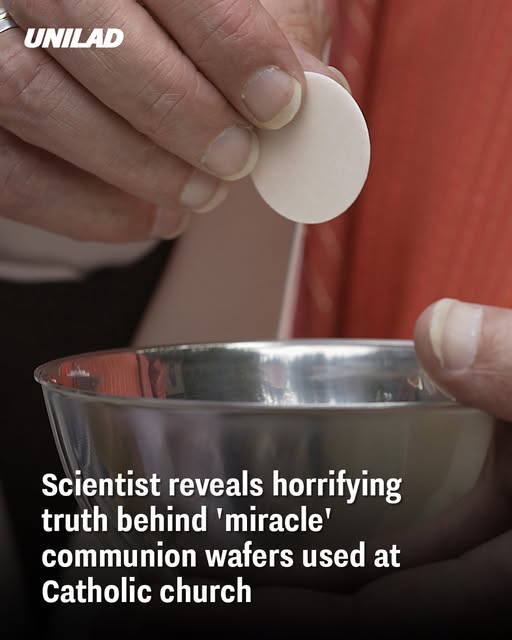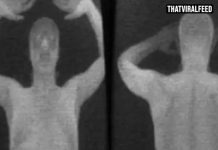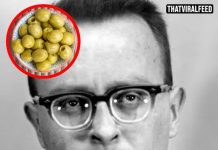In a small Indiana town, a seemingly miraculous event at St. Anthony of Padua Catholic Church has captured the attention of the local community and beyond. What began as a mysterious occurrence involving a Communion wafer that appeared to change color has now led to an official investigation. Initially thought by some to be a Eucharistic miracle, the archdiocese’s findings have shed light on the true cause behind the phenomenon. While the discovery was not the divine intervention many had hoped for, it has sparked meaningful conversations about faith, transparency, and the role of science in understanding religious experiences. This article delves into the events surrounding the investigation and its impact on the parish, the broader Catholic community, and the ongoing quest for truth within the Church.
Background
In February 2025, parishioners at St. Anthony of Padua Catholic Church in Morris, Indiana, observed unusual red markings on a Communion wafer, sparking speculation about a possible Eucharistic miracle. The Eucharist, central to Catholic faith, is believed to be the body and blood of Jesus Christ. Such occurrences are rare and often subject to thorough scrutiny by Church authorities.
Initial Observations
The incident began when a Communion host, after falling during Mass, was placed in water within the tabernacle to dissolve, as per Church practice. A few hours later, another host was similarly treated. The following day, the sacristan discovered red spots on the hosts, leading to excitement among parishioners who viewed it as a potential miraculous sign.
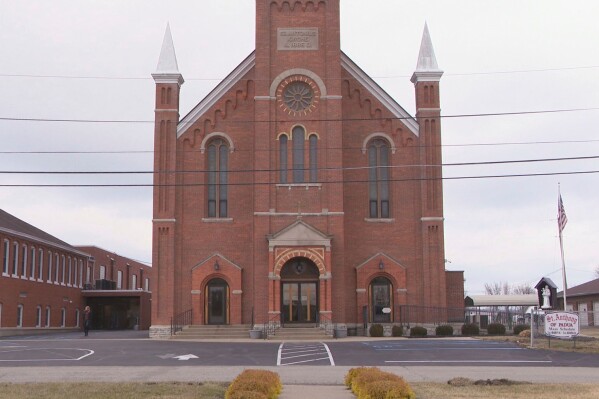
Archdiocesan Investigation
The Archdiocese of Indianapolis initiated an investigation, which included sending the affected host to a professional laboratory for analysis. The laboratory results revealed the presence of fungus and three species of bacteria commonly found on human hands, but no human blood. The archdiocese concluded that natural causes, not a miracle, accounted for the red discoloration.
Community Reaction
Despite the findings, the community’s reverence for their church remains steadfast. Parishioners continue to hold St. Anthony of Padua Catholic Church in high regard, emphasizing the importance of their faith community.
Understanding Eucharistic Miracles
Eucharistic miracles are extraordinary events where the consecrated host is believed to exhibit physical changes, such as transforming into flesh or blood. Throughout history, the Church has meticulously investigated such claims, recognizing only a few as genuine miracles. The rigorous examination ensures that any acknowledged miracles are authentically divine in origin.
The Church’s Ongoing Commitment to Faith and Transparency
The investigation into the potential Eucharistic miracle at St. Anthony of Padua Catholic Church has had a profound impact on both the local parish and the wider community. Although the archdiocese’s findings have clarified that the red discoloration on the Communion wafer was due to natural causes, the event has sparked deep conversations about faith, miracles, and the importance of maintaining an open and honest approach to such matters.
In Catholic tradition, the Eucharist is one of the most sacred elements of worship, with the host representing the body of Christ. As a result, any perceived change in the Eucharist is given significant attention and care. The church’s transparency throughout the investigation process, involving both scientific analysis and consultation with ecclesiastical authorities, demonstrates its commitment to integrity and upholding the truth of the faith.
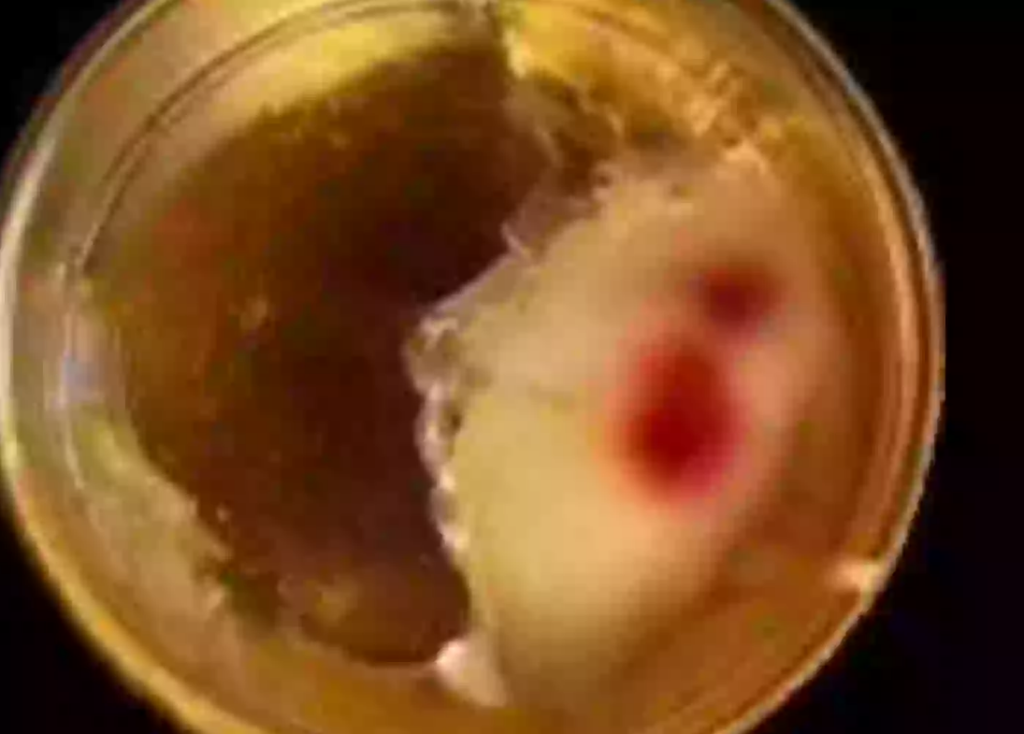
The Role of the Archdiocese in Ensuring Accuracy
The Archdiocese of Indianapolis played a critical role in ensuring that the investigation was thorough and impartial. By collaborating with laboratory experts, as well as consulting with theologians and other Church officials, the archdiocese ensured that the outcome of the investigation would be based on facts, rather than speculation or emotional responses. This kind of careful discernment is necessary when dealing with any claims of divine intervention, particularly in a faith community as large and diverse as that of Catholicism.
The church’s approach to such investigations serves as a model for other religious organizations, showing that faith and science can coexist in a meaningful and respectful way. It also ensures that any claims of miracles are scrutinized with due diligence, ensuring that only those truly deserving of recognition are acknowledged by the Church.
Conclusion
The incident at St. Anthony of Padua Catholic Church serves as a reminder of the deep faith and devotion within the Morris community. While the investigation did not substantiate claims of a miracle, it highlights the Church’s commitment to transparency and thoroughness in addressing such phenomena. The community’s unwavering faith continues to be a testament to their enduring belief and unity.

